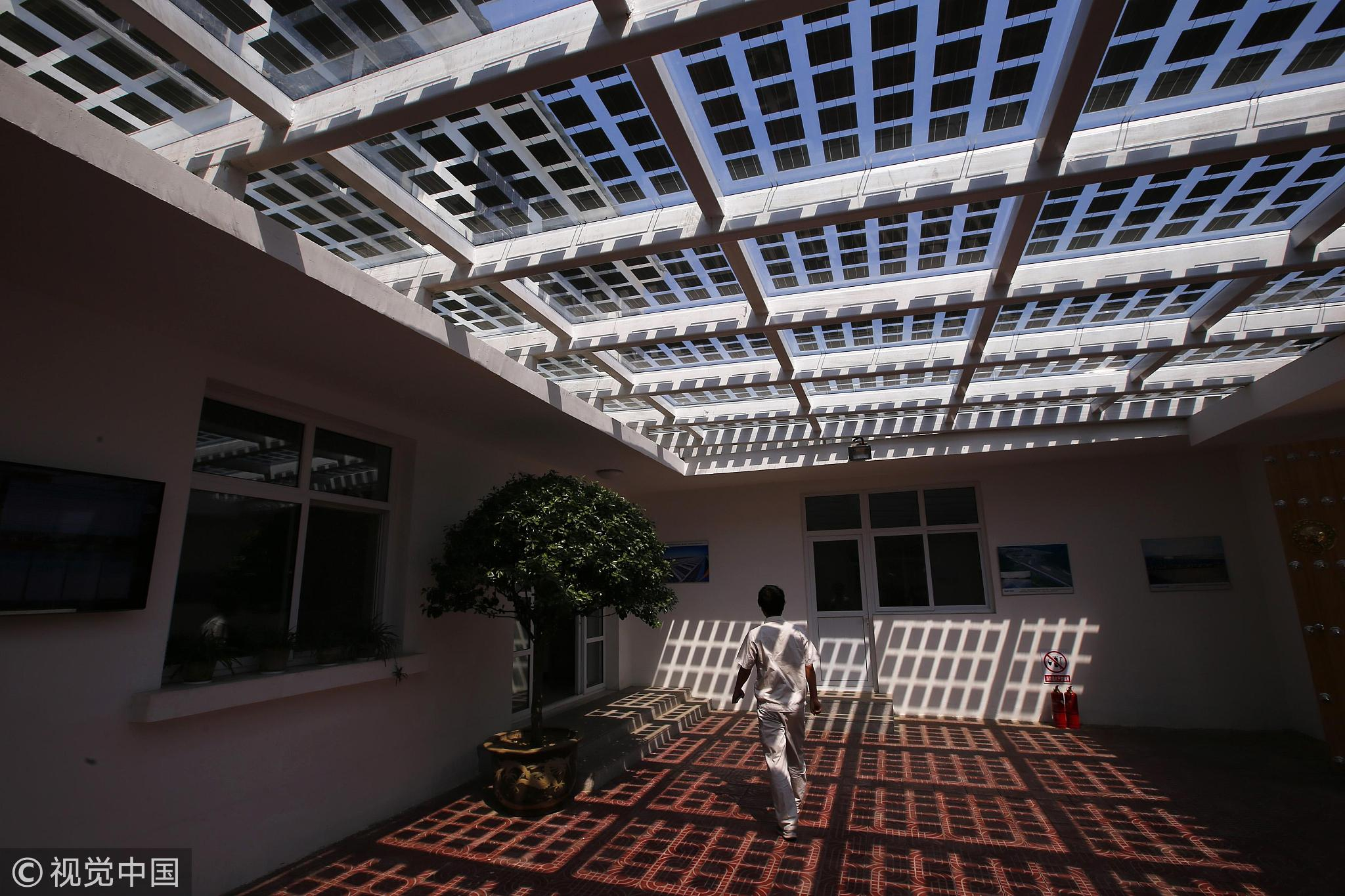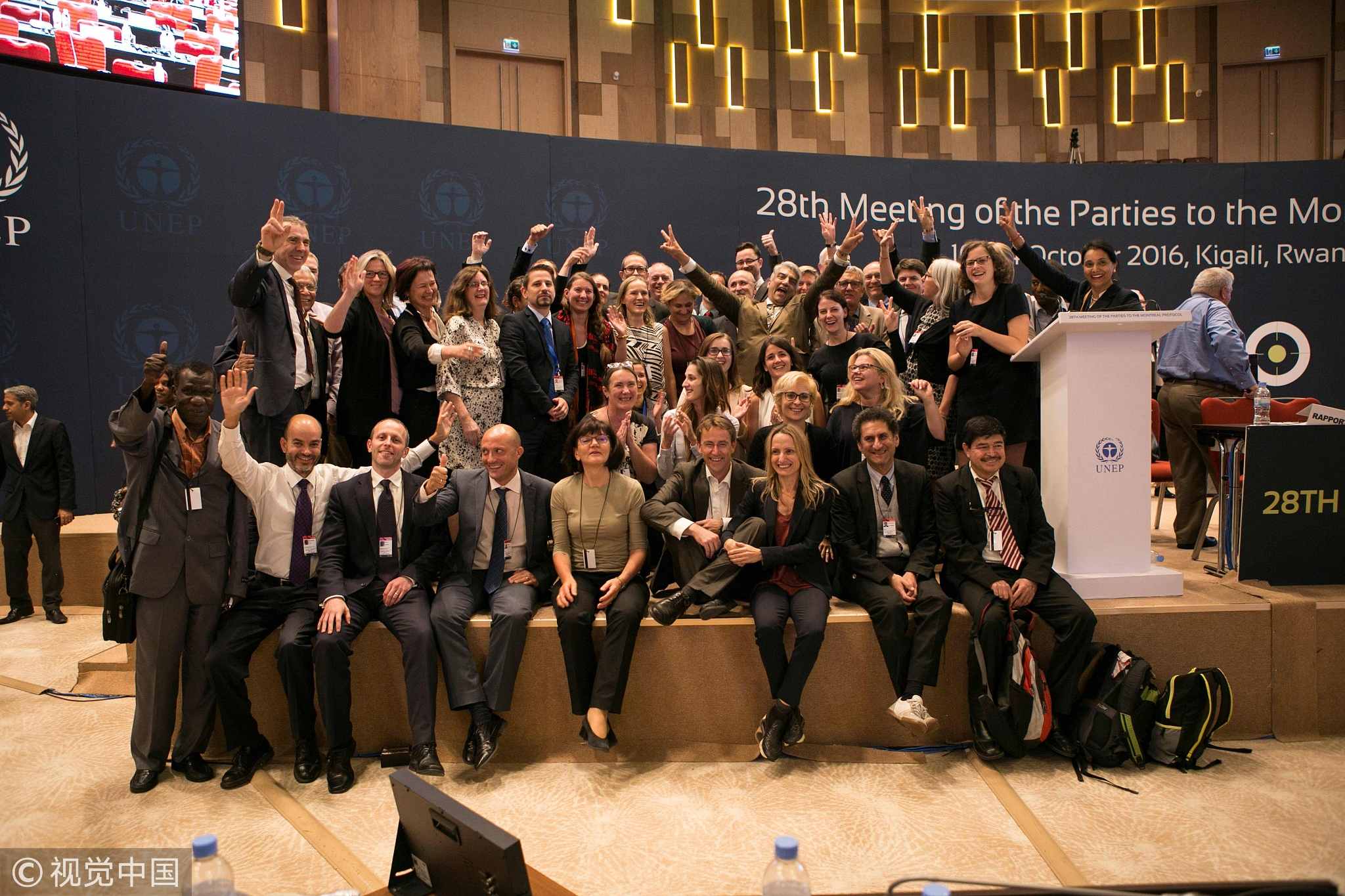
Opinions
13:44, 21-Aug-2018
Opinion: China’s leadership in global environmental governance
Updated
13:08, 24-Aug-2018
Hu Min, Diego Montero

Editor’s note: As a step toward further deepening institutional reforms in China, a new ministry, the Ministry of Ecology and Environment (MEE), has been established. What specific policies and actions can we expect from the new MEE? Hu Min, founder and senior advisor at Innovative Green Development Program (IGDP), an independent think tank focusing on promoting China’s green development policies at home and abroad, and a non-resident senior fellow at Tsinghua Brookings Center of Brookings Institute, and Diego Montero, strategic advisor at IGDP, share their views in this three-part series. Below is the second part.
Undoubtedly, China has made great strides in climate policy. The highlights include a commitment to peak energy-related CO2 emissions by 2030, setting national carbon intensity targets in the 12th and 13th Five-Year Plans, developing national and subnational GHGs Emissions Control Plans, and launching phase one of the national carbon market. In addition, low carbon development pilots have been implemented in six provinces, 69 cities, two counties and 67 industrial parks.

A man walks inside an office building of Yingli Solar in Baoding, Hebei Province, May 5, 2014. /VCG Photo
A man walks inside an office building of Yingli Solar in Baoding, Hebei Province, May 5, 2014. /VCG Photo
These are high-level actions that work through the national and local economies, which is to be expected given the National Development Reform Commission (NDRC)’s broad macroeconomic purview.
In contrast, the MEE’s environmental protection mandate will bring it closer to the specific sources of emissions. The national carbon market, if implemented well, will reduce emissions at the source.
If climate policy is folded into China’s environmental protection law, it would likely be implemented according to the existing environmental management system. The main pillars of this system are environmental quality and pollutants emissions standards, monitoring, reporting and verification (MRV), and environmental impact assessment. Within this environmental management system, we might see China setting GHG emission standards for power plants, vehicles and energy-intensive industries, like in Europe and California, where standards systems play an important role in bringing down emissions.
This would increase the transparency of GHG emissions data more than ever before because the creation of a source-based emissions inventory would likely be the first step in bringing carbon under an MRV regime. The Environmental Protection Law and other laws on air, water and solid waste require pollutants emission data to be disclosed to the public, but GHG emissions currently have no such requirement. Bringing transparency to carbon emissions would be a huge step forward.
Few doubt that China will play an increasingly important role in global climate governance. America’s withdrawal from the Paris Agreement comes at a time when China has been ramping up its climate leadership. President Xi Jinping has highlighted climate change as a central pillar of China’s contribution to global environmental protection efforts on several occasions. He has described China’s role as including promoting and leading.
How will the MEE contribute to this leadership drive, given its mandate to help lead international climate negotiations? There are two things we can expect to happen in the near term.

European Union representatives celebrate the adoption of the Kigali Amendment on October 15, 2016, in Kigali, Rwanda. /VCG Photo
European Union representatives celebrate the adoption of the Kigali Amendment on October 15, 2016, in Kigali, Rwanda. /VCG Photo
Green cooling is an area of work that sits right at the intersection between the Kigali Amendment and the Paris Agreement, and where China has a chance to show leadership. The Kigali Amendment to the Montreal Protocol, passed in September 2016, calls on manufacturers of cooling technologies to re-tool their production lines with more climate-friendly refrigerant options, and China is by far the world's largest air conditioner manufacturer, consumer and exporter. Improving the energy efficiency of air conditioners and refrigerators will contribute significantly to the Paris Agreement's goals, not to mention helping to bring down electricity-related air pollution.
Bringing green principles to China’s Belt and Road Initiative will be another way for China to show its leadership. It will take a big effort to strike a balance between economic interests and environmental responsibilities. Innovative strategies are needed here.

SITEMAP
Copyright © 2018 CGTN. Beijing ICP prepared NO.16065310-3
Copyright © 2018 CGTN. Beijing ICP prepared NO.16065310-3